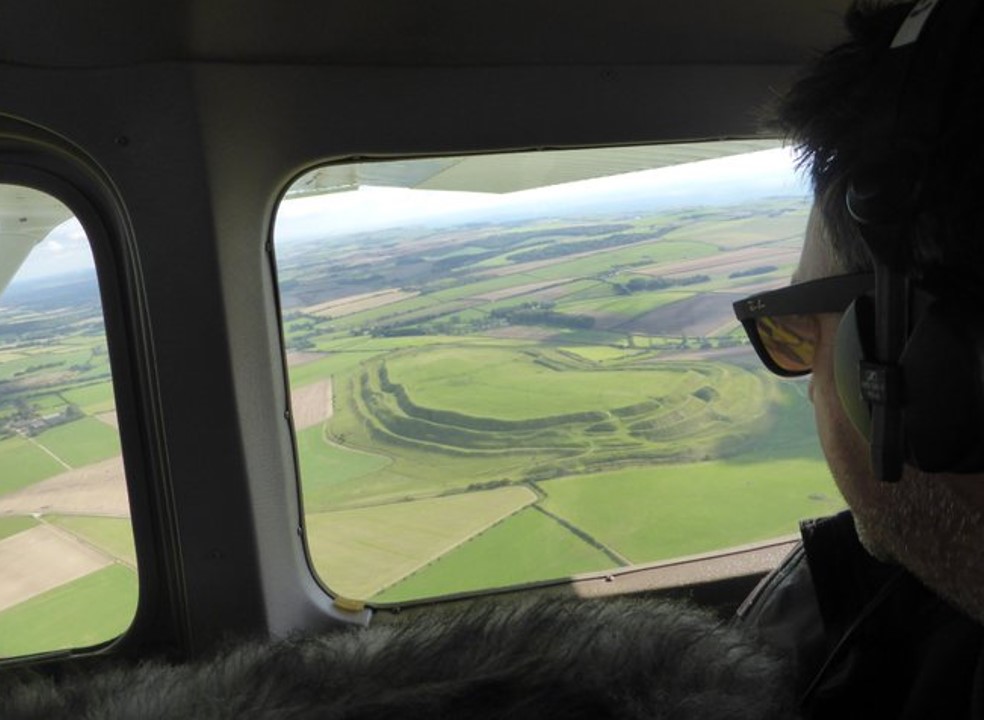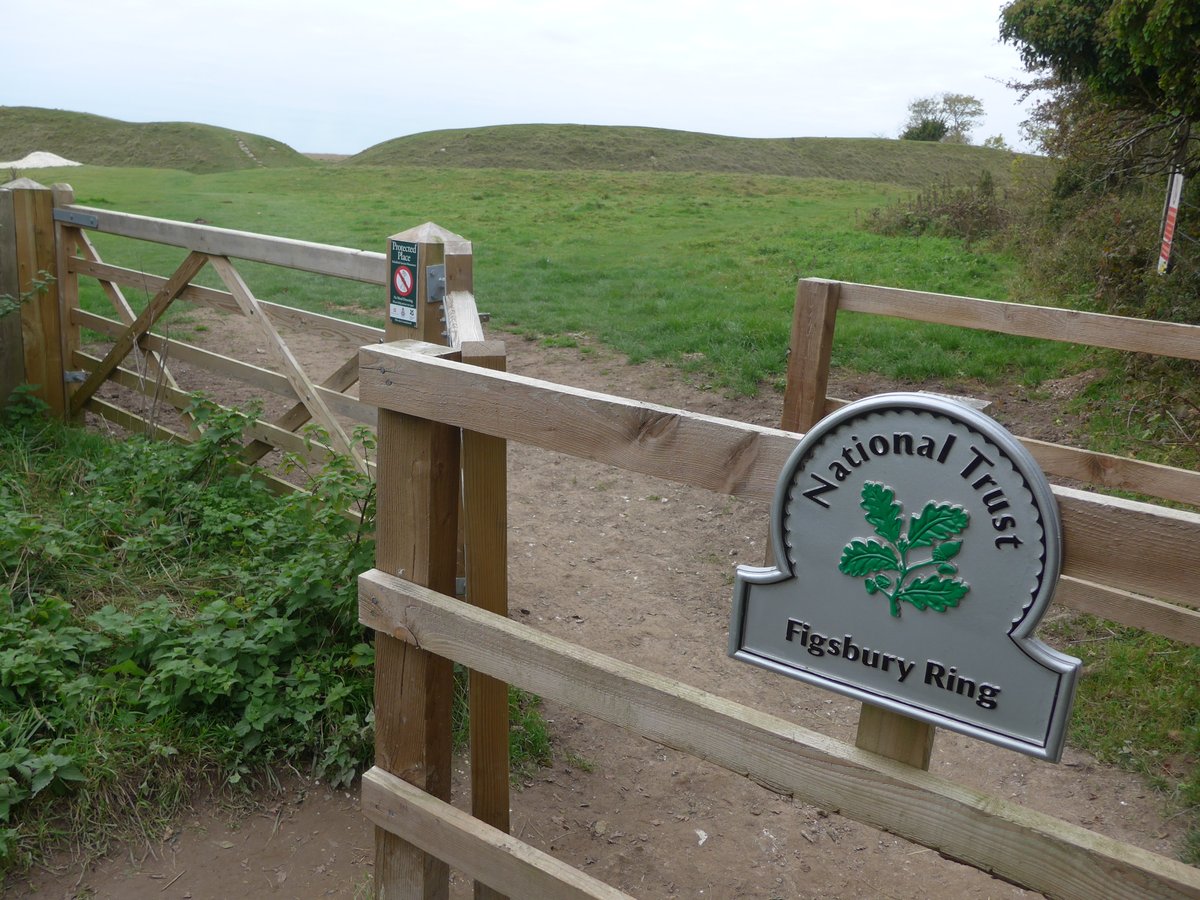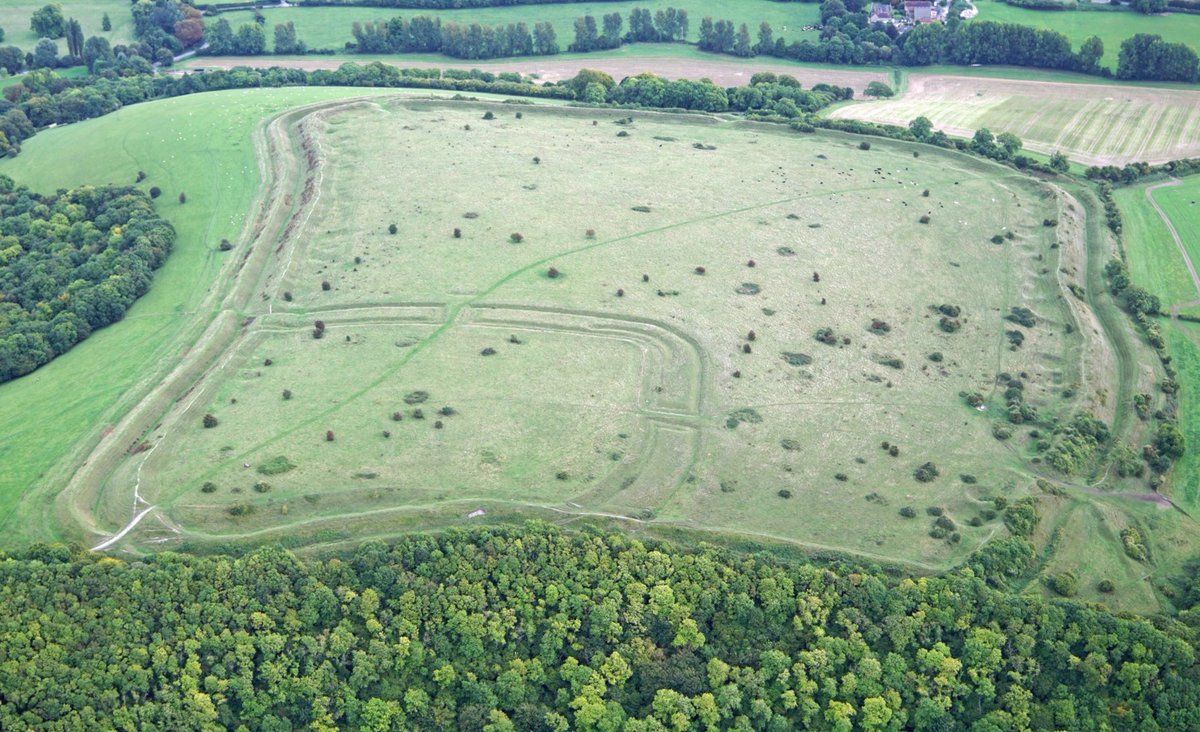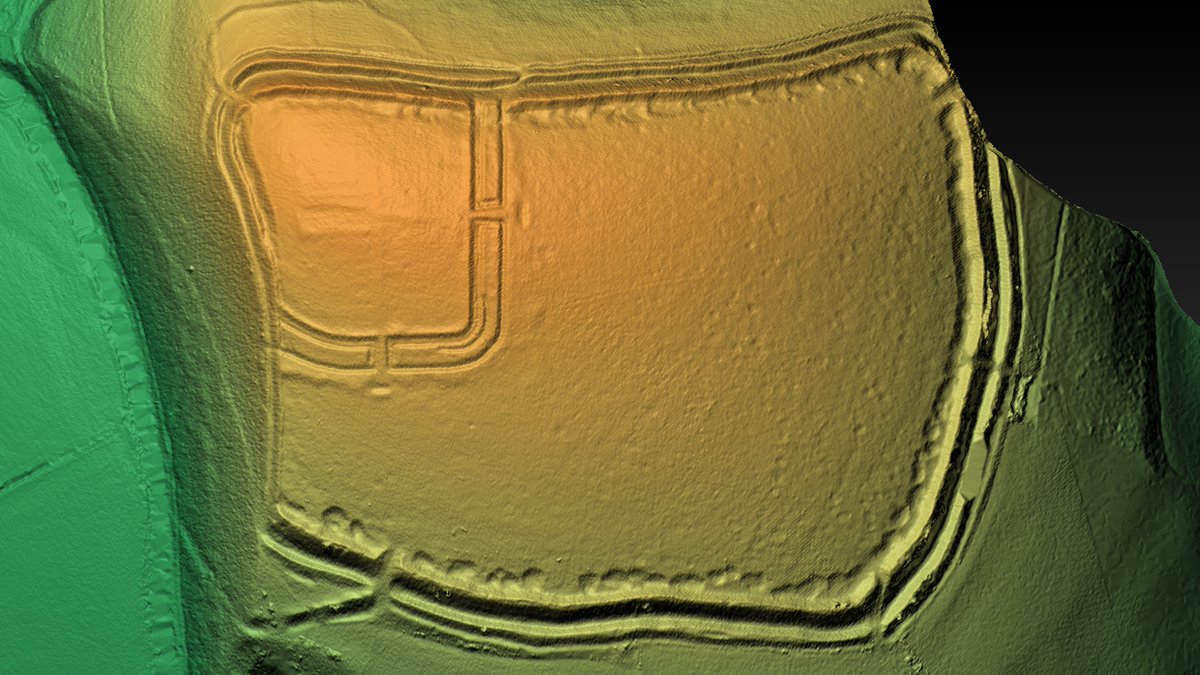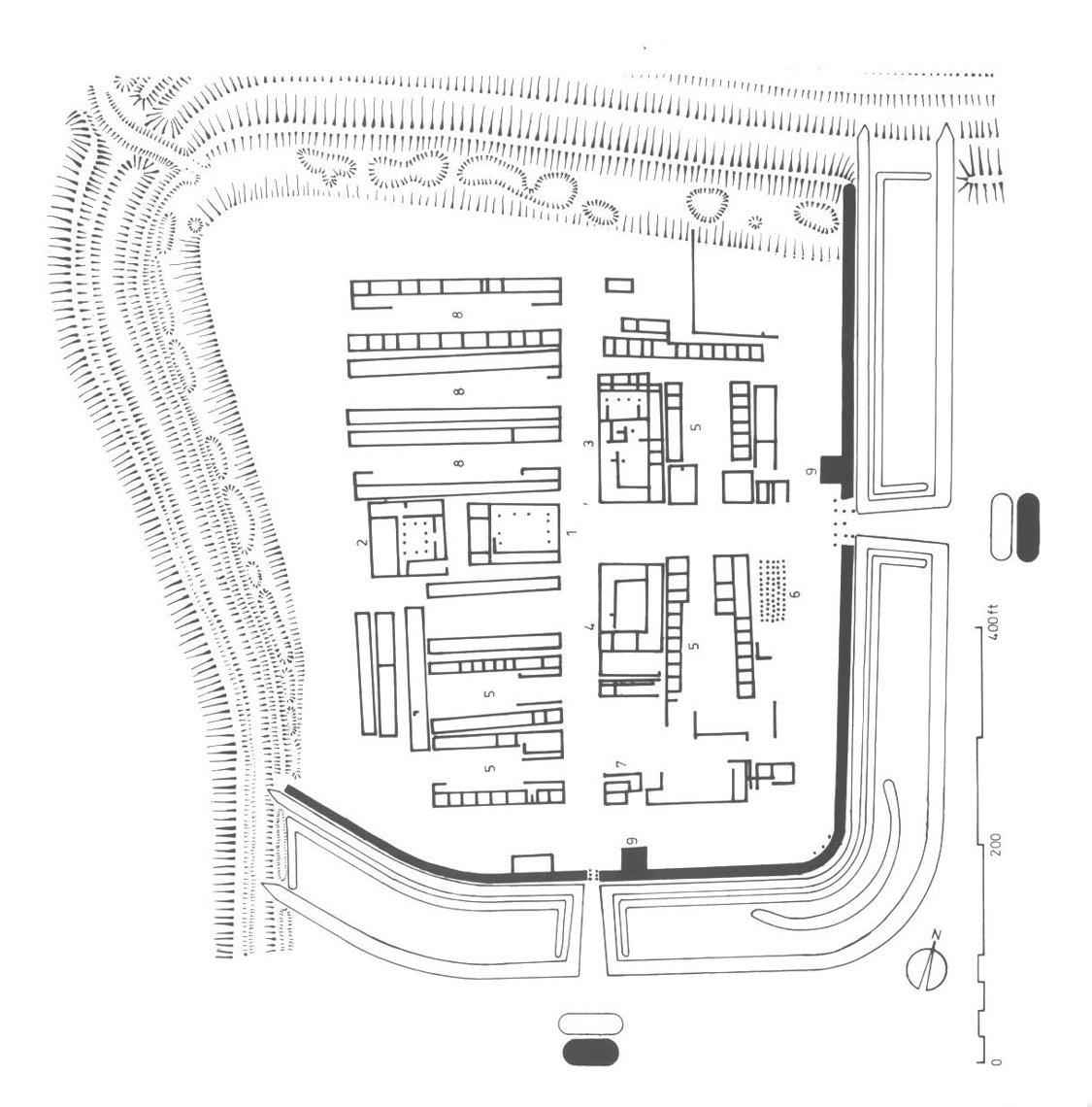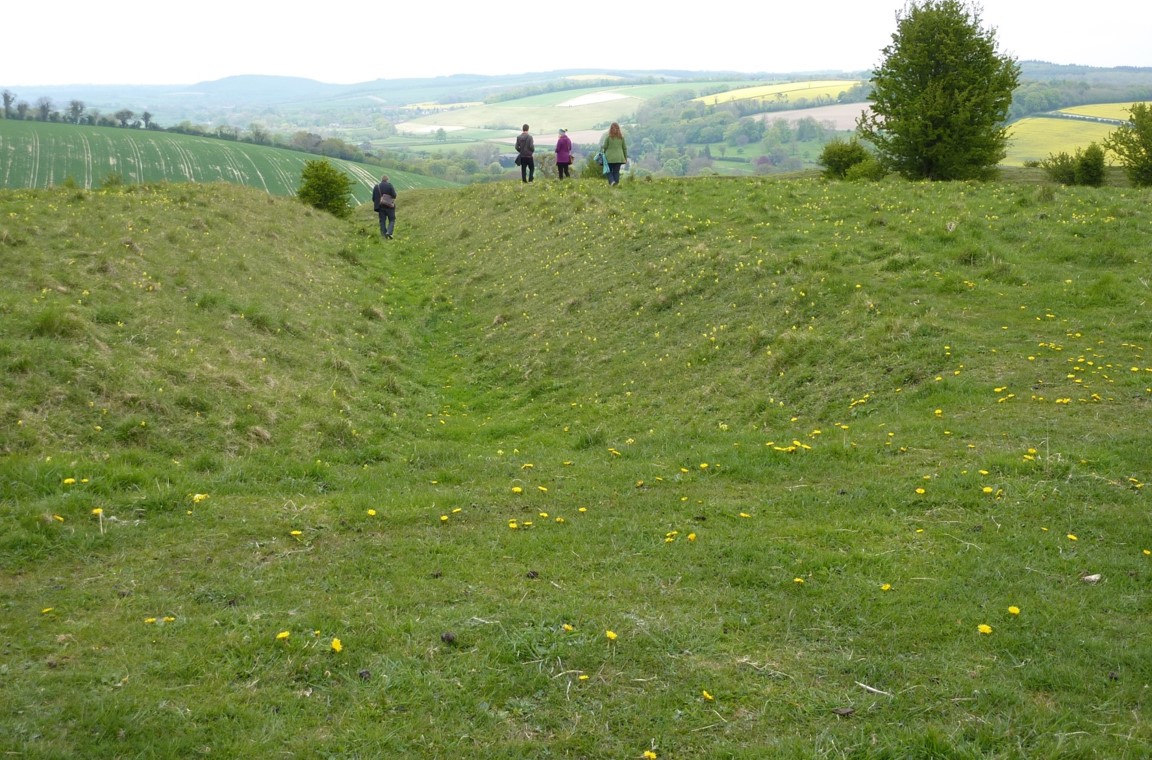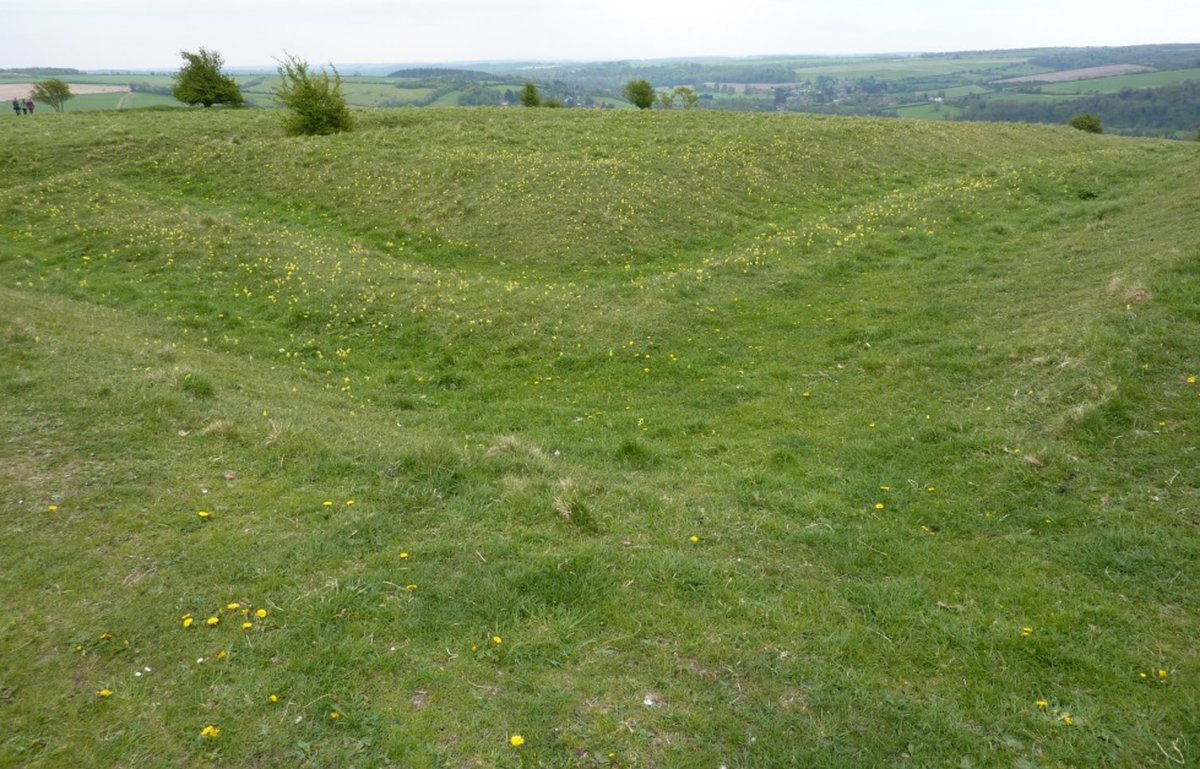
For #HillfortsWednesday here’s the glorious Chlorus Camp (Figsbury Ring) #Wiltshire, photographically captured by David R Abram 🤩
For more of his stunning work see davidabram.co.uk
And catch his exhibition @SalisburyMuseum salisburymuseum.org.uk/whats-on/exhib…
A thread 👇👇👇
For more of his stunning work see davidabram.co.uk
And catch his exhibition @SalisburyMuseum salisburymuseum.org.uk/whats-on/exhib…
A thread 👇👇👇

Figsbury Ring / Chlorus Camp #Wiltshire comprises a univallate Iron Age hillfort with entrances at the East and West
At 6.2ha it encloses a Neolithic / EBA feature (a henge?)
LiDAR Digital terrain model Rouven Meidlinger @planlaufterrain CC BY-SA 4.0
#HillfortsWednesday
At 6.2ha it encloses a Neolithic / EBA feature (a henge?)
LiDAR Digital terrain model Rouven Meidlinger @planlaufterrain CC BY-SA 4.0
#HillfortsWednesday

William Stukeley visited Chlorus Camp hillfort (Figsbury Ring) #Wiltshire in 1723
His drawing of the hillfort and inner henge looking SW shows the hillfort and castle of @EHOldSarum (B) and cathedral of Salisbury (C) in the distance
#HillfortsWednesday #HengeWednesday
His drawing of the hillfort and inner henge looking SW shows the hillfort and castle of @EHOldSarum (B) and cathedral of Salisbury (C) in the distance
#HillfortsWednesday #HengeWednesday
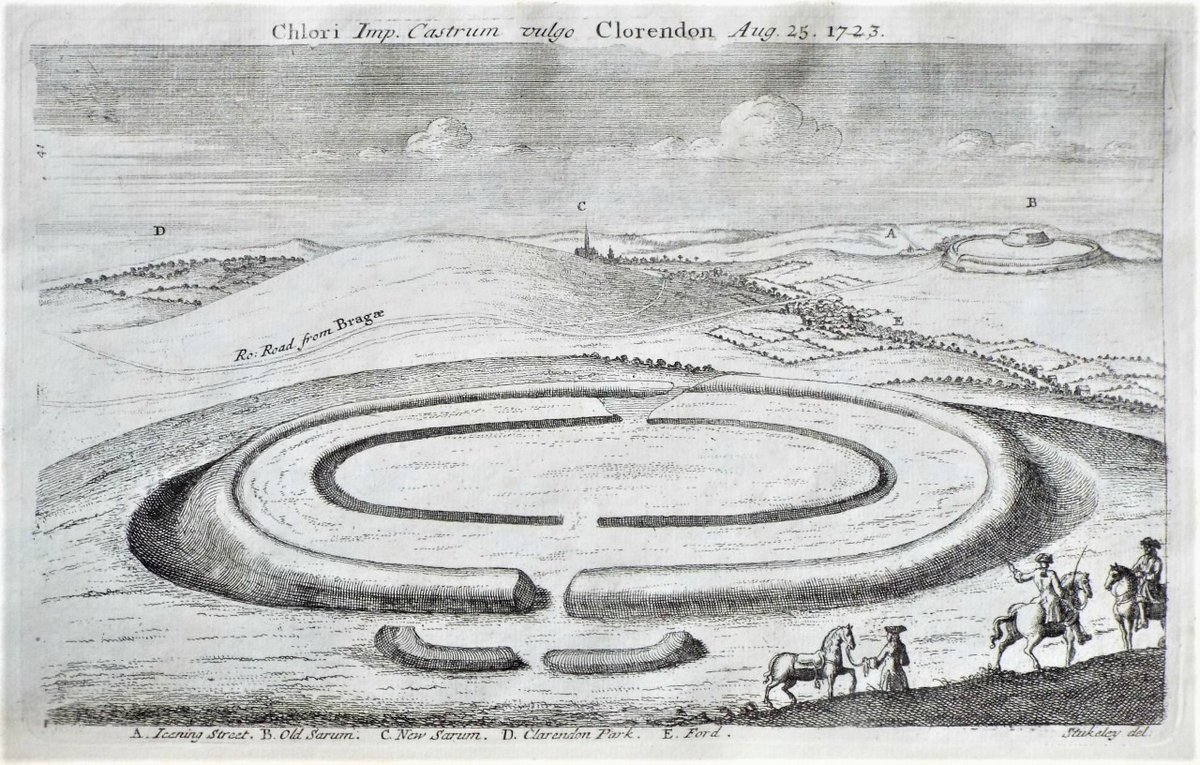
The outer ramparts of Figsbury Ring hillfort are concentric to the earlier (henge?) the bank of which is now missing
This amazing air photo © David R Abram davidabram.co.uk
See more @SalisburyMuseum salisburymuseum.org.uk/whats-on/exhib…
#HillfortsWednesday #HengeWednesday
This amazing air photo © David R Abram davidabram.co.uk
See more @SalisburyMuseum salisburymuseum.org.uk/whats-on/exhib…
#HillfortsWednesday #HengeWednesday

The wonderful Iron Age earthworks of Chlorus Camp / Figsbury Ring bank overlook Salisbury and the valley of the River Bourne in #Wiltshire 😍
They comprise an inner rampart, now 18m wide and 3.5m high, above a shallow ditch and slight counterscarp bank
#HillfortsWednesday


They comprise an inner rampart, now 18m wide and 3.5m high, above a shallow ditch and slight counterscarp bank
#HillfortsWednesday



Today, the ramparts of Figsbury Ring hillfort #Wiltshire are regularly explored by multiple human, canine and bovine visitors
The walk and views from are 🤩 (but, if you're driving, be warned as the road to site is a tad 😱😱)
#HillfortsWednesday


The walk and views from are 🤩 (but, if you're driving, be warned as the road to site is a tad 😱😱)
#HillfortsWednesday


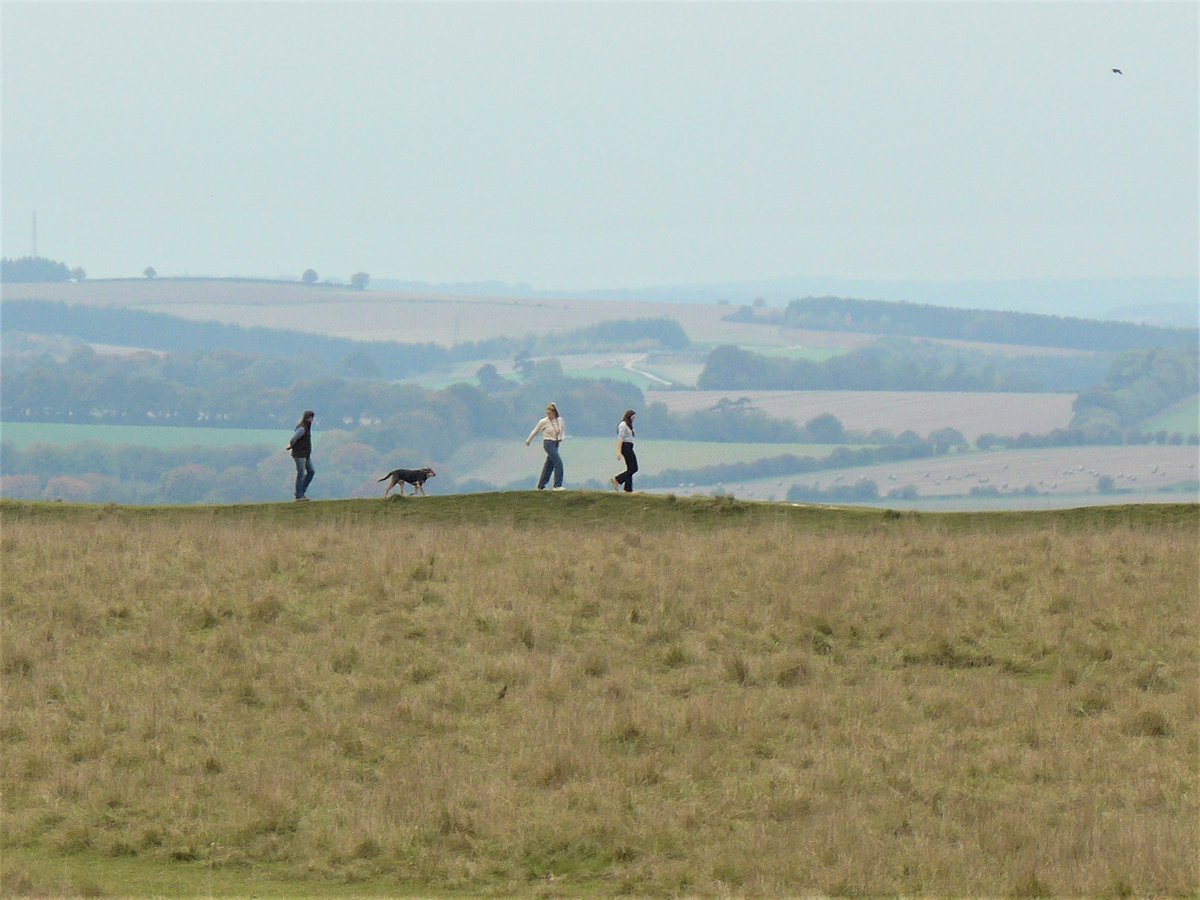
The inner enclosure at Figsbury #Wiltshire is the earliest
Excavations by Maud and Ben Cunnington in 1924 found bone (human and animal), Grooved Ware and Beaker pottery meaning it may be a Late Neolithic henge
More work is needed 🤞
#HillfortsWednesday #HengeWednesday
Excavations by Maud and Ben Cunnington in 1924 found bone (human and animal), Grooved Ware and Beaker pottery meaning it may be a Late Neolithic henge
More work is needed 🤞
#HillfortsWednesday #HengeWednesday
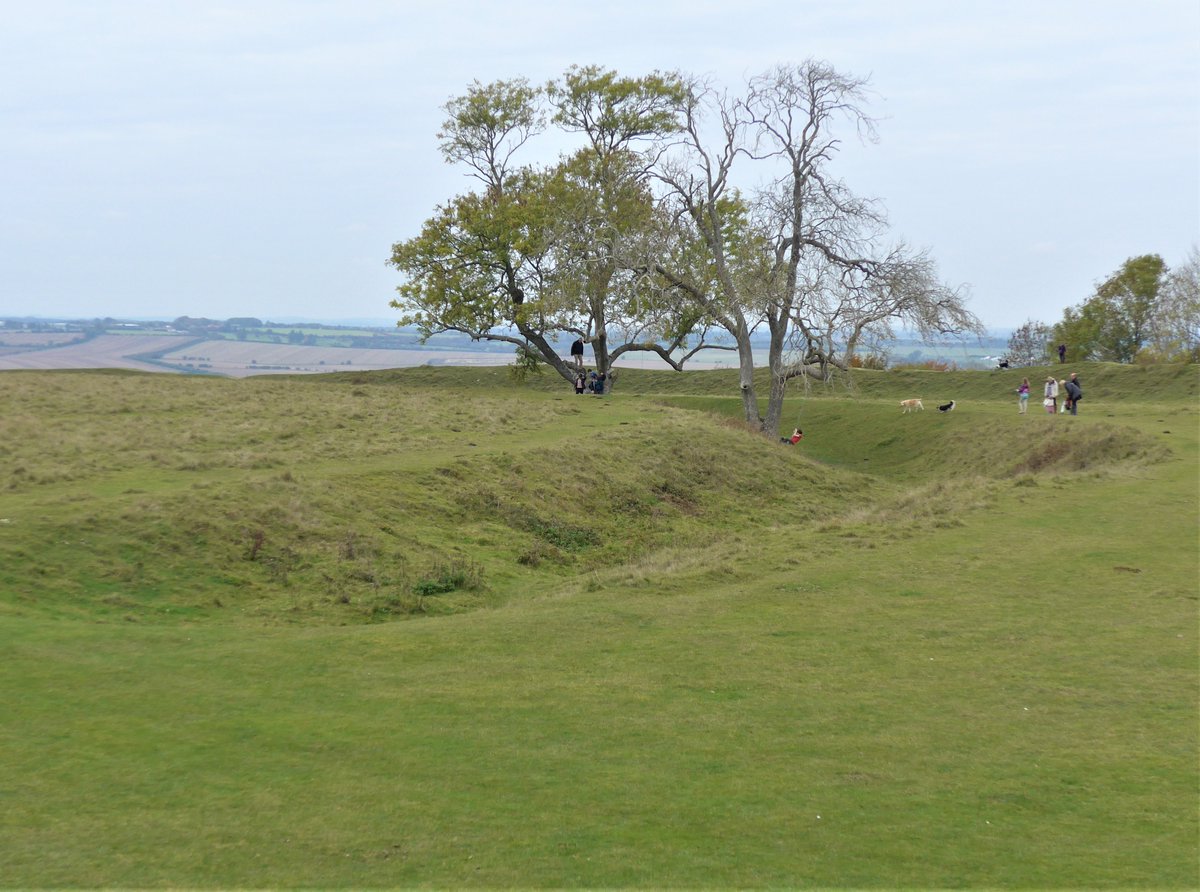
A great tour of the prehistoric earthworks of Figsbury Ring / Chlorus Camp on this #HillfortsWednesday is provided by Adrian Green, Director @SalisburyMuseum over on @YouTube
Enjoy 😀👍
Exploring Figsbury Ring:
Enjoy 😀👍
Exploring Figsbury Ring:
The hillfort / henge combo of Chlorus Camp / Figsbury Ring #Wiltshire is a Scheduled Ancient Monument looked after by the ever-wonderful @nationaltrust and you can read more here:
nationaltrust.org.uk/figsbury-ring
And here:
historicengland.org.uk/listing/the-li…
#HillfortsWednesday #HengeWednesday
nationaltrust.org.uk/figsbury-ring
And here:
historicengland.org.uk/listing/the-li…
#HillfortsWednesday #HengeWednesday

• • •
Missing some Tweet in this thread? You can try to
force a refresh


